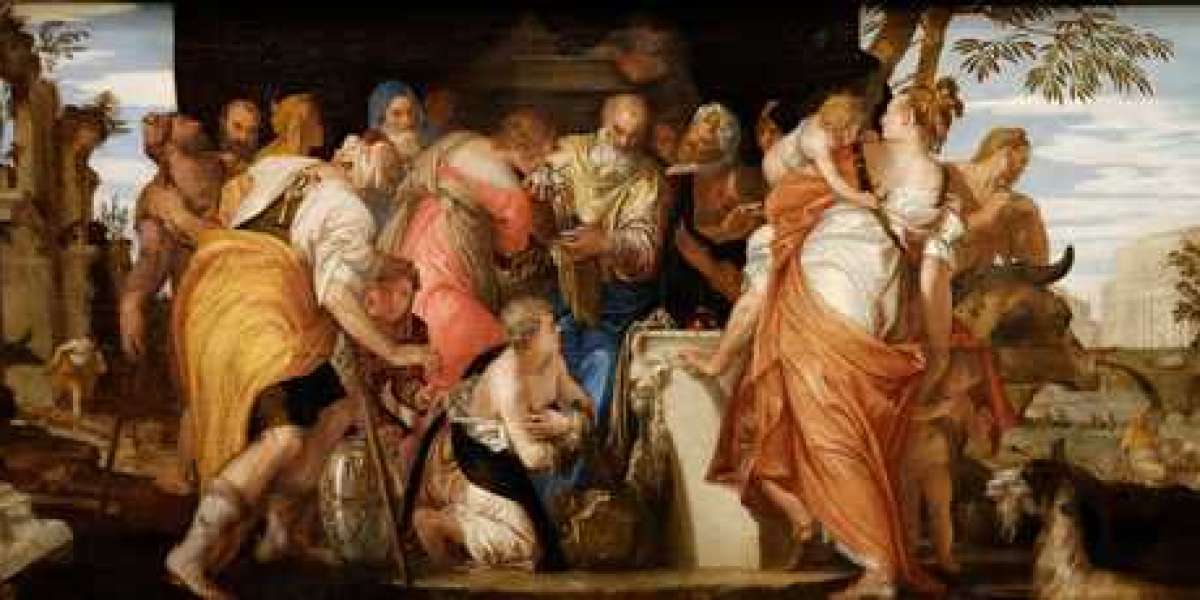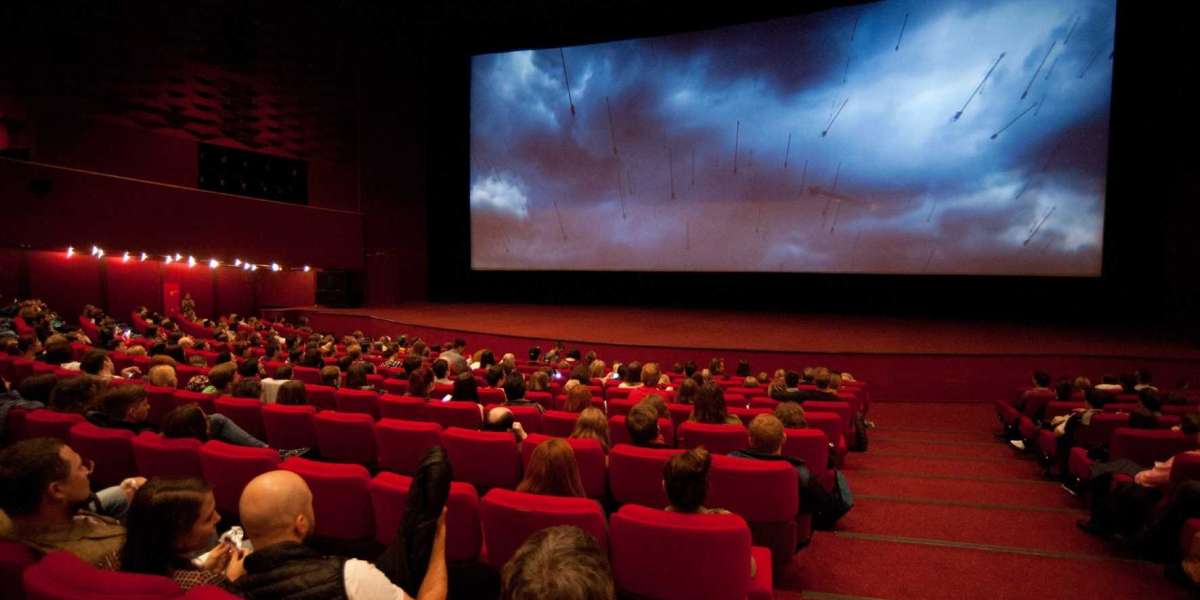Indian cinema, also known as Bollywood, is one of the largest film industries in the world, producing thousands of films every year. Indian cinema has a unique style, incorporating music, dance, and drama to create a vibrant and colorful experience for audiences. In this article, we will explore the history and evolution of Indian cinema, its impact on popular culture, and some of the most influential films and actors.History and Evolution of Indian CinemaThe first Indian film, "Raja Harishchandra," was produced in 1913 by Dadasaheb Phalke, who is often considered the father of Indian cinema. The film was a silent, black and white production, and its success paved the way for the growth of the industry. In the 1930s and 1940s, Indian cinema entered what is known as its "Golden Age," a period of creativity and experimentation that produced some of the most iconic films in Indian history.In the 1950s and 1960s, Indian cinema began to shift towards a more commercial and formulaic approach, with the introduction of music and dance numbers becoming a staple of Bollywood films. This trend continued into the 1970s and 1980s, with the emergence of the "masala" genre, which blended action, comedy, and romance into a single film.In the 1990s, Indian cinema experienced a resurgence, with a new generation of filmmakers and actors pushing boundaries and exploring new themes. This period saw the rise of independent cinema, with filmmakers such as Satyajit Ray, Shyam Benegal, and Mira Nair gaining international recognition for their work.Impact on Popular CultureIndian cinema has had a significant impact on popular culture, both in India and around the world. Its unique style, incorporating music, dance, and drama, has influenced the development of other film industries, including Hollywood. Indian films have also been a platform for social commentary, addressing issues such as gender, class, and religion.In addition, Indian cinema has been instrumental in promoting Indian culture and tourism. Many films showcase the country's beautiful landscapes, architecture, and traditional clothing, encouraging people to visit India and learn more about its rich history and culture.Influential Films and ActorsIndian cinema has produced numerous iconic films and actors over the years. Some of the most influential films include "Mother India" (1957), which addressed issues of poverty and social inequality, and "Sholay" (1975), a classic action film that remains popular to this day. Other notable films include "Mughal-e-Azam" (1960), a historical epic, and "Dilwale Dulhania Le Jayenge" (1995), a romantic comedy that became the longest-running film in Indian cinema history.As for actors, Indian cinema has produced some of the most recognizable names in the world. Amitabh Bachchan, often referred to as the "Shahenshah" (emperor) of Bollywood, has appeared in over 200 films and is considered one of the greatest actors in Indian cinema history. Other notable actors include Raj Kapoor, Dilip Kumar, Madhubala, and Shah Rukh Khan.ConclusionIndian cinema, or Bollywood, is a vibrant and colorful industry that has captured the hearts of audiences around the world. Its unique style, blending music, dance, and drama, has influenced the development of other film industries and has been a platform for social commentary and cultural promotion. With its rich history and a new generation of talented filmmakers and actors, Indian cinema is sure to continue to make an impact on popular culture for years to come. More detailed information -
À propos
-
Devenez cette étoile ★ (bideew), faites de nouvelles rencontres sur la plus grande communauté en Afrique et partagez vos meilleurs moments avec vos proches
Recherche
Publications populaires
-
 Повысьте свой уровень образования: Купите дипломы любого уровня для расширения своих знаний
Повысьте свой уровень образования: Купите дипломы любого уровня для расширения своих знаний
-
 LES 9 TYPES D’ONCTION DANS LA BIBLE (Toute autre “ONCTION” vient du diable)
LES 9 TYPES D’ONCTION DANS LA BIBLE (Toute autre “ONCTION” vient du diable)
-
 Купить диплом с бесплатной доставкой: Успешное будущее на расстоянии одного заказа
Купить диплом с бесплатной доставкой: Успешное будущее на расстоянии одного заказа
-
 Преодолейте преграды в карьере: Купить диплом – ваш путь к успеху
Преодолейте преграды в карьере: Купить диплом – ваш путь к успеху
-
 Откройте двери к новым возможностям: купите диплом прямо сейчас
Откройте двери к новым возможностям: купите диплом прямо сейчас









